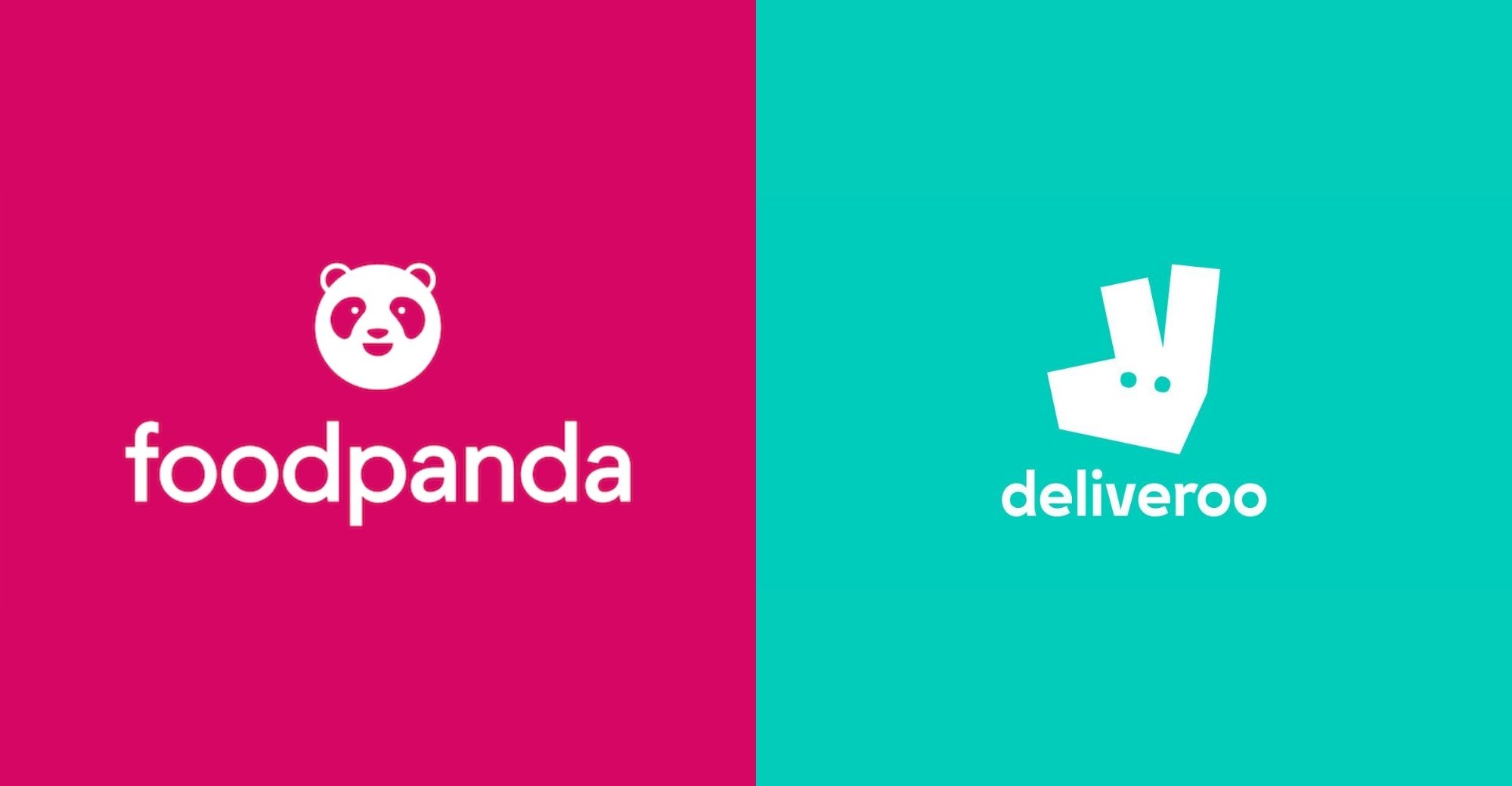
What Will Meituan Face When Entering Hong Kong's Food Delivery Market?
Want to read in a language you're more familiar with?
Chinese food delivery giant Meituan was reportedly preparing a new project for the Hong Kong market, and a recent recruitment notice has indirectly verified the rumor that it is about to explore Hong Kong's food delivery market.
In early October, several media reports emerged claiming that Chinese food delivery giant Meituan was preparing a new project for the Hong Kong market led by Tony Qiu, the former head of Kuaishou's internationalization division. The company has not yet made any official comments on the matter, but a recent recruitment notice has indirectly verified the rumor that it is about to explore Hong Kong's food delivery market.
SEE ALSO: Meituan to Expand On-Demand Delivery Services to Hong Kong
Given this recruitment notice, Meituan's apparent delivery business in Hong Kong is still in the team construction stage. On October 25, an official Meituan recruitment platform showed that there were 23 overseas business-related posts being opened on that day, of which 20 were marked with Hong Kong as working base, and "Cantonese and English can be used as working languages first" was indicated in the recruitment requirements. Except for two tax-related posts belonging to the financial business of the company, the remaining 18 business posts belong to its food delivery business. So, what will be waiting for this Chinese mainland food delivery giant when entering the Hong Kong market? Chinese media outlet Ciweigongshe conducted a case study and made some findings.
Foodpanda, which is owned by German firm Delivery Hero, and UK-based Deliveroo have come to occupy more than 90% of the Hong Kong food delivery market. However, one local resident said that such services are an "expensive product" in Hong Kong, due to high delivery fees and minimal ordering options.

As far as the overall take-out market is concerned, Ciweigongshe found that there are huge differences between the Hong Kong and the Chinese mainland market in terms of user habits, distribution scope, distribution methods and main categories.
Delivery services in Hong Kong are not as convenient, cheap and diverse as in mainland China. This means that fewer Hong Kong consumers choose food delivery, and more locals choose to pick up items themselves after placing an order.
Most restaurants in Hong Kong provide food delivery services for only a small distance – mostly within 1 km. However, it is not surprising to open Meituan or Ele.me in the Chinese mainland, and see food delivery options supporting a distance of 3-4 km, or even farther. This further affects delivery time, which is mostly 10 to 30 minutes in the Hong Kong market.
As a result, a large proportion of food delivery workers in Hong Kong choose walking. If a delivery worker want to drive an electric motorbike, they will face the problem that local requirements for electric vehicles to obtain road permits are more stringent. In addition, Hong Kong's food delivery customer service still lags far behind than that of mainland China.
For Meituan, which has served the Chinese mainland market for many years and undertakes 14.4 billion orders every year, its platform infrastructure and operations are its most precious assets. However, it will be nearly impossible to replicate these conditions in Hong Kong. The most feasible strategy for Meituan is to provide higher quality and more diverse services within local limitations and based on Hong Kong's unique market environment, so as to compete for and expand users that are willing to access food delivery services.





